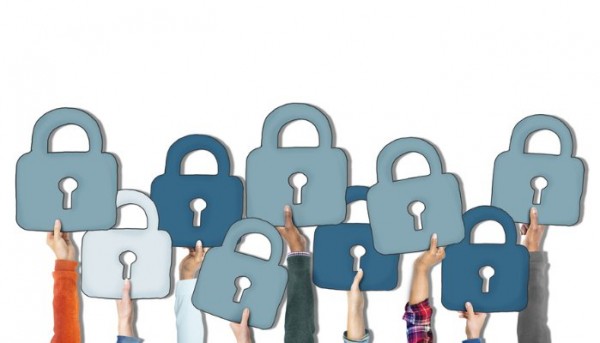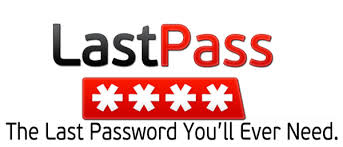As a privacy advocate I’m often asked:
“What are the critical must do actions I should take to protect my privacy and data?”
After several years of being a privacy advocate, however, I know that most of you reading this won’t take action.
In 2007 I founded the National Political Do Not Contact Registry and in 2008 I co-founded the global series of privacy conferences called Privacy Camp. I’ve testified in the US Senate on robocalls. I’ve spoken at conferences and been on CNN.
NO ONE LISTENS ! Not even my own family.
Here are the top 10 passwords for 2014. Ahhhhhhhhhhhhhh !
1. 123456 (Unchanged)
2. password (Unchanged)
3. 12345 (Up 17)
4. 12345678 (Down 1)
5. qwerty (Down 1)
6. 123456789 (Unchanged)
7. 1234 (Up 9)
8. baseball (New)
9. dragon (New)
10. football (New)
It is so easy to simply not take action. It is too much of a pain. It is an inconvience. When something happens it will happen to “someone else”. I know, I know. I’ve been there.
So. If you actually want to take action. Here are the two things you must do.
1) Start using a password manager.
2) Turn on 2 factor authentication for your major online services such as Google, Facebook, Dropbox, Evernote, etc…
That is it. Simple. Most of you won’t do it. But, if you are still interested, keep reading !
Password Managers:
What: Password Managers (PM) are tools that help you 1) create and 2) store your passwords in a secure location.
“A password manager is a software application that helps a user store and organize passwords. Password managers usually store passwords encrypted, requiring the user to create a master password; a single, ideally very strong password which grants the user access to their entire password database.” (Wikipedia)
Suggestions:
I use lastpass. I love it.
Others are:
Full list with reviews here.
2 Factor Authentication:
What: Via cnet.
“Two-factor authentication adds a second level of authentication to an account log-in. When you have to enter only your username and one password, that’s considered a single-factor authentication. 2FA requires the user to have two out of three types of credentials before being able to access an account. The three types are: 1) Something you know, such as a Personal Identification Number (PIN), password, or a patter, 2) Something you have, such as an ATM card, phone, or 3) Something you are, such as a biometric like a fingerprint or voice print.”
Suggestions:
I have 2 factor authentication for all my major services. Here are links to find out more about each one.
I hope this helps !

